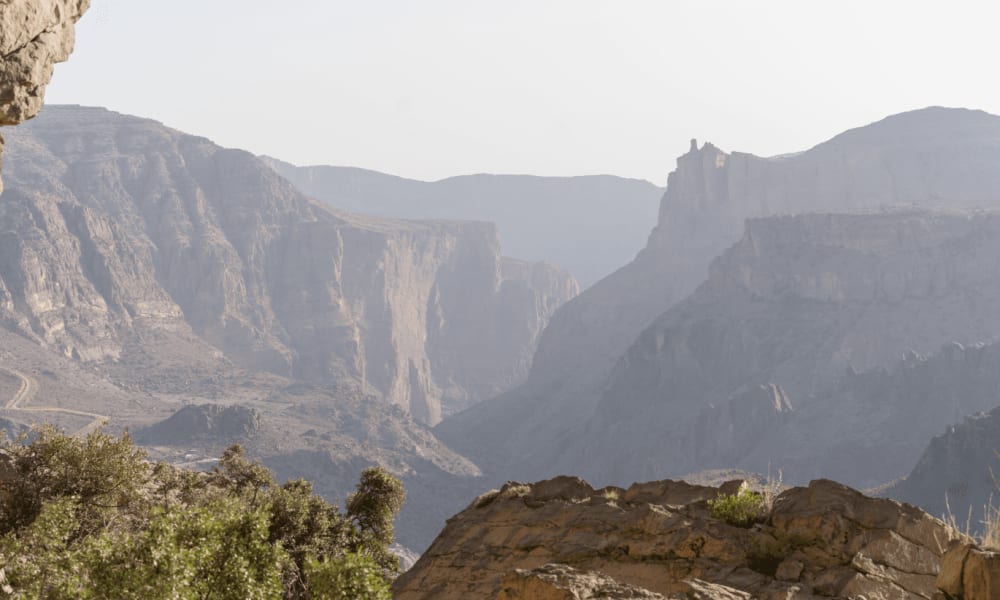
Geography
Geography
The Sultanate of Oman is located in the southeast of the Arabian Peninsula. To the northwest, the country borders the United Arab Emirates, to the west Saudi Arabia, and to the southwest Yemen. The 1,700-kilometer-long coast in the east forms a natural border. There, Oman borders the Indian Ocean, the Gulf of Oman, and the Persian Gulf. The total area of the country is 309,000 square kilometers. Thus, the state is just slightly smaller than Germany. The territory includes the exclave Musandam at the Strait of Hormuz. The United Arab Emirates separate Musandam from the rest of the country.
The relief in Oman is clearly recognizable. Both the north and the south are traversed by mountain ranges, in front of which lies a narrow coastal strip. In the middle is a large plain that borders the Indian Ocean to the east and the sand desert Rub al-Khali to the west.
Discover Oman with experts who have called it their home
Your dream holiday, tailor-made by experts.
We don't just know Oman from books, we visit the country several times a year to experience the culture, landscape and people first-hand.
From your first enquiry to your return home, we are there for you personally - by phone, email or WhatsApp, whenever you need us. Our trips are as unique as you are: individually planned and provided with exclusive privileges and high-quality arrangements that will make your trip unforgettable.
Experts for your Oman trip







